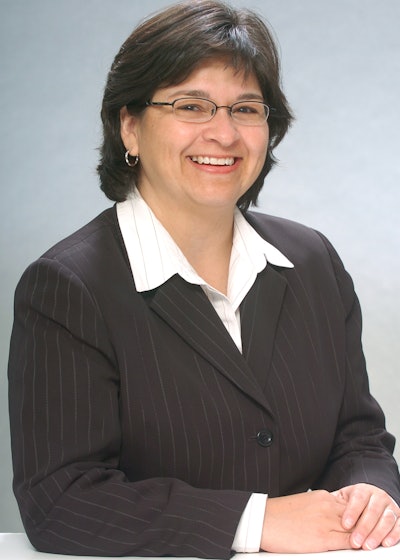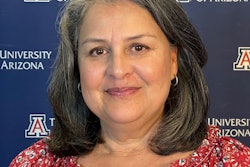SAN DIEGO—Dr. Beatriz T. Espinoza had no idea of the challenges that awaited her shortly after she took over as president of Coastal Bend College, a community college located in a rural part of South Texas.
 Dr. Beatriz T. Espinoza
Dr. Beatriz T. EspinozaThe college was financially strapped and was on the brink of losing its accreditation. There was also a “disconnect” between the college and the majority of Hispanics who reside in the town of 12,000 where the college is situated.
“I started letting people go who were not championing our students,” said Espinoza, who was intent on turning the college around as the school’s first Hispanic and woman president. “I told everyone that we’ve got to clean up the college because our students deserve the best of us, not the worse of us.”
Seventy percent of Espinoza’s students are poor and working-class Hispanics and are often the first in their families to go to college.
Closing Coastal Bend College was not an option.
“Many of our students barely made it to our front door and I was not going to close the door on them,” said Espinoza, who was once a migrant worker. “Lots of some ones worked very hard to pull me from being a migrant to a college president and there is nothing I would do to not keep the college doors open for others.”
In her quest to make reforms, Espinoza received a vote of no confidence during her first year as president from the largely White faculty.
“It was unpleasant, but it is very survivable,” said Espinoza of the public reprimand. “If you’re going to be a college president, you gotta have thick skin. You can’t be afraid.”
Espinoza made her remarks at the 31st annual conference of the Hispanic Association of Colleges & Universities.
She and several other college presidents talked about the changing political mood, attacks on immigrants and minorities and fiscal and legal constraints that are challenging many of these institutions. As a steady number of Hispanic college presidents have retired in recent years, the efforts to create a pipeline to replace them have not proved as successful.
“Our numbers are going down and we are losing presidents,” said Dr. Monte E. Perez, the president of Los Angeles Mission College, a public two-year college. “Yet our demographics are exploding.”
Ten years ago, the number of Hispanic college presidents in the United States was about 5 percent. Today, it is down to roughly about 4 percent.
With a population of 17,000 students—most of whom are working class—Perez said that his major focus is on completion and degree attainment.
Still, these college presidents have become increasingly concerned about issues ranging from the public slashing of financial aid, to the Trump administration’s decision to withdraw support for DACA (Deferred Action for Childhood Arrivals).
“We have to work with both parties,” said Dr. William Flores, the former president of the University of Houston Downtown, who said that Hispanic college presidents at public institutions need the support of Republicans and Democrats.
He and others said that political leaders should be pushed throughout the country to appoint more Latinos to college boards as trustees so that they can advocate for other Latinos to serve in key leadership positions.
Jamal Eric Watson can be reached at [email protected]. You can follow him on Twitter @jamalericwatson
















